We were sitting on salt. Pure white salt.
Towards the east we could just make out the orange rays of sun peeking from the horizon.
In the West however the moon has not set yet. The bright glow of the full moon still radiating in the dawn sky.
And with the sun and the moon on each end, we have endless spans of white ran (desert) spreading as far as our sight could go. There was not a single god-made or man-made creation to hinder our view for miles.

The Great White Rann of Kutch is indeed a magical land. You couldn’t help but lose yourself in the amazing phenomenon. Yes, it is not a geographical region but I would say rather a phenomenon. The same land, all 6000 sq. km. of it, goes through changes throughout the year. From barren land in summer, it changes to a lake in monsoon and then to the white rann for just 3 months in winter. So, you only get a small window during the year when this exemplary beauty can be enjoyed and absorbed.
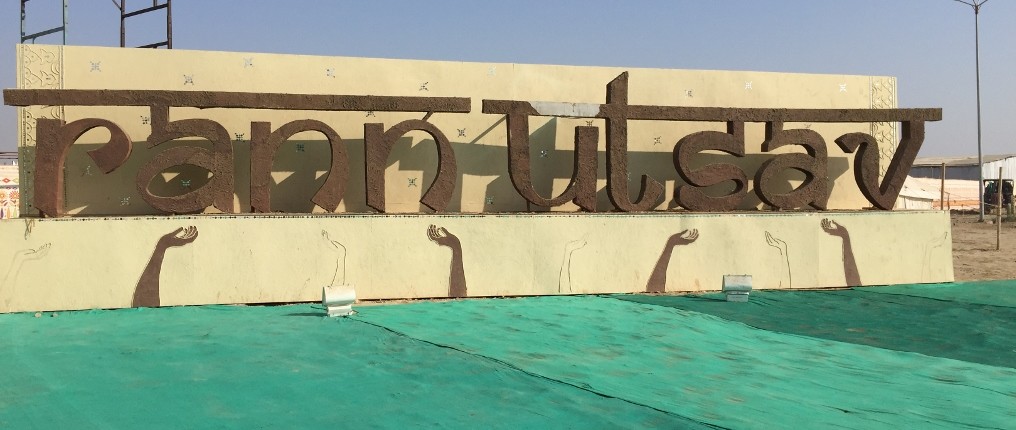
We timed our trip around the full moon night in January as it is said that the beauty of the White rann magnifies under the full moon. We had opted for stay in the tent city at Rann Utsav. The Rann Utsav is so popular that the slots get filled up really quickly after they open and we could barely get the last available tent. It was literally the last tent on the end of the tent city.
White Rann
I don’t think one can describe the beauty of the White rann/desert in words or for that matter in photos. You have to visit it to truly understand the astounding spectacle. We couldn’t help but imagine that we were in some alien land as such beauty could not be from this world.

We visited the White desert four times during our stay at Kutch. We saw the salt glittering in the day light before the sun began setting at the horizon.
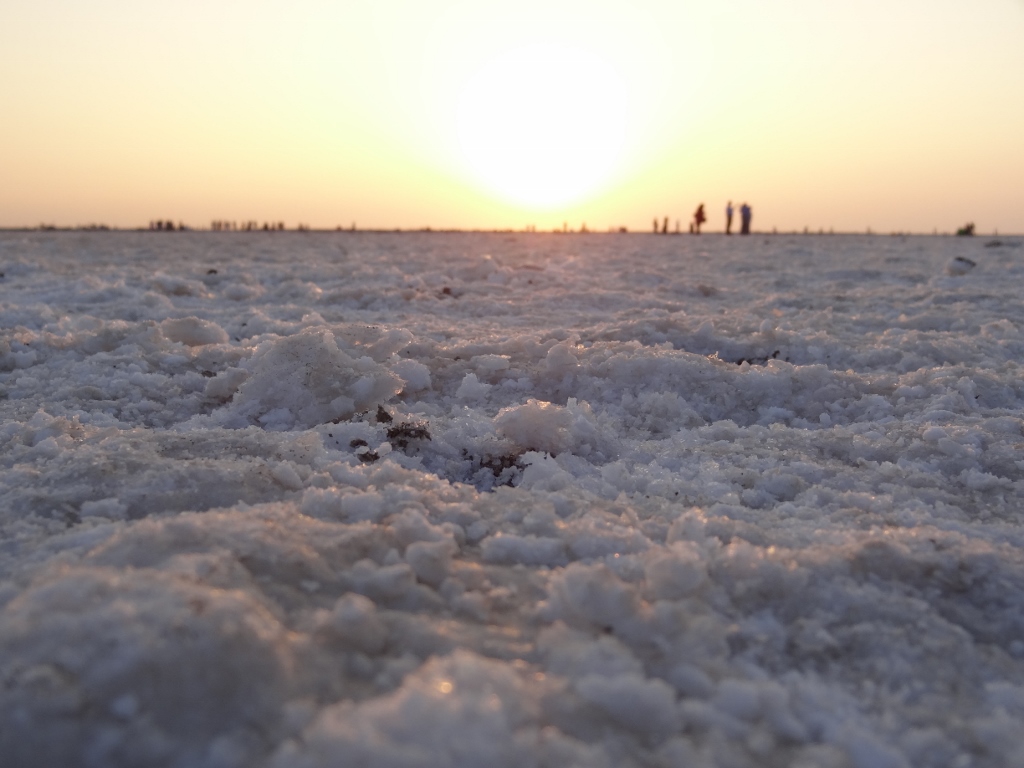
We visited the surreal white desert under the white light of the full moon. It is eerily otherworldly experience. The moonlight showed the desert in a different light. We also realized we could not capture the beauty in the camera.
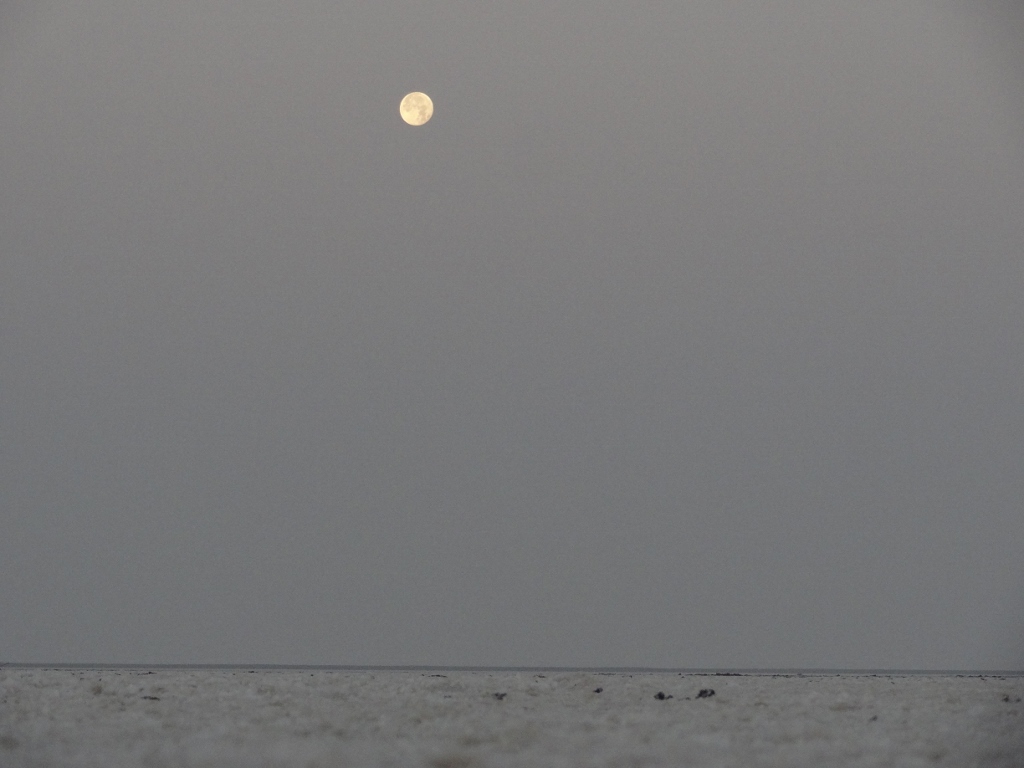
We witnessed the sun rising in the east with the moon still in the sky. We found the sunrise to be the best time to visit the white rann/desert. This is the time when you get the best of both the worlds. Few moments before the sunrise, it is still dark and moon light highlights the ethereal beauty of the desert. As the sun rises in the sky, the white desert turns red to golden to finally white in the morning sunlight.
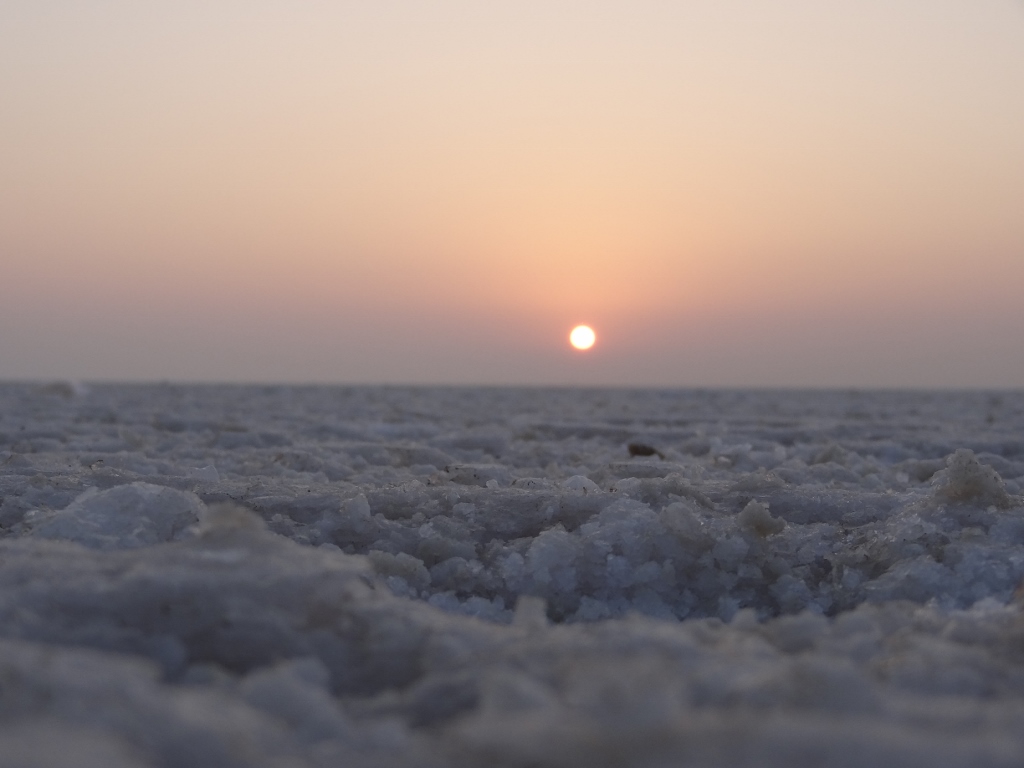
And the best part of the morning excursion is that is the time when we found least number of visitors to the desert. Lesser people meant you had more share of vistas with no one to block your view. We could get a 180 degrees view horizon-to-horizon without a soul in sight and only the nature. This would not be possible at sunset (most visited time) or the full moon (hampered by few campers and bikers).
Rann Utsav
From the moment we landed at the welcome desk of Rann Utsav in Bhuj to the point of our departure couple of mornings later, we were thoroughly impressed by the hospitality and logistics. During the 3 days spent with the Rann Utsav team, we couldn’t find any blemishes in what was top-notch management.
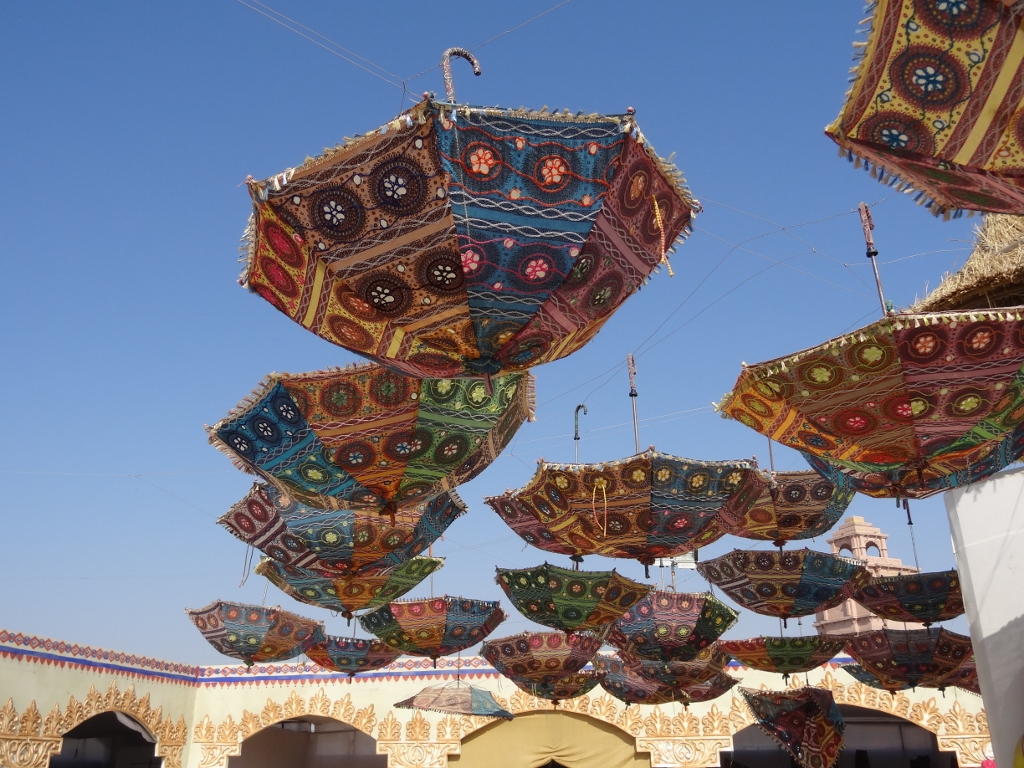
Every year for 3 months the tent-city is erected from scratch in the middle of nothing and at the end of the Rann Utsav, the land is given back to the nature again. It might be one-of-a-kind arrangement at this scale. Just to give you an idea, around 500 tents are set up in total. On most days the tents are full, which mean over 1000 guests to meet, greet and attend. To manage these guests efficiently, the tent-city is divided in around 10 cluster of 50 tent each. Each cluster has a cluster in-charge who was present to attend every beck and call of the guests. It has 2-3 dining halls serving the breakfast, lunch and dinner in the local Gujarati cuisine. Within the campus you have a leisure zone, a small handicraft market and a cultural zone. The place is extremely clean and there was no dust or anything as every inch of land was covered. A continuous circulation of brightly decorated golf carts to transport the guests from point to point was provided. And you had some photo points as well.
(Yes, the Kumbh mela in Prayag is much bigger with over 120 million visitors over a month. But then the authorities at Prayag don’t manage your stay end-to-end)
We stayed in the Swiss non-AC cottage at the edge of our cluster (remember it was the last tent available). It had the basic room necessities like beddings, table/chair, etc. and the bathroom was well equipped as well. We could also sit in in front of the tent. The stay was perfect for the pleasant weather during the day and we used heater in the cold nights.
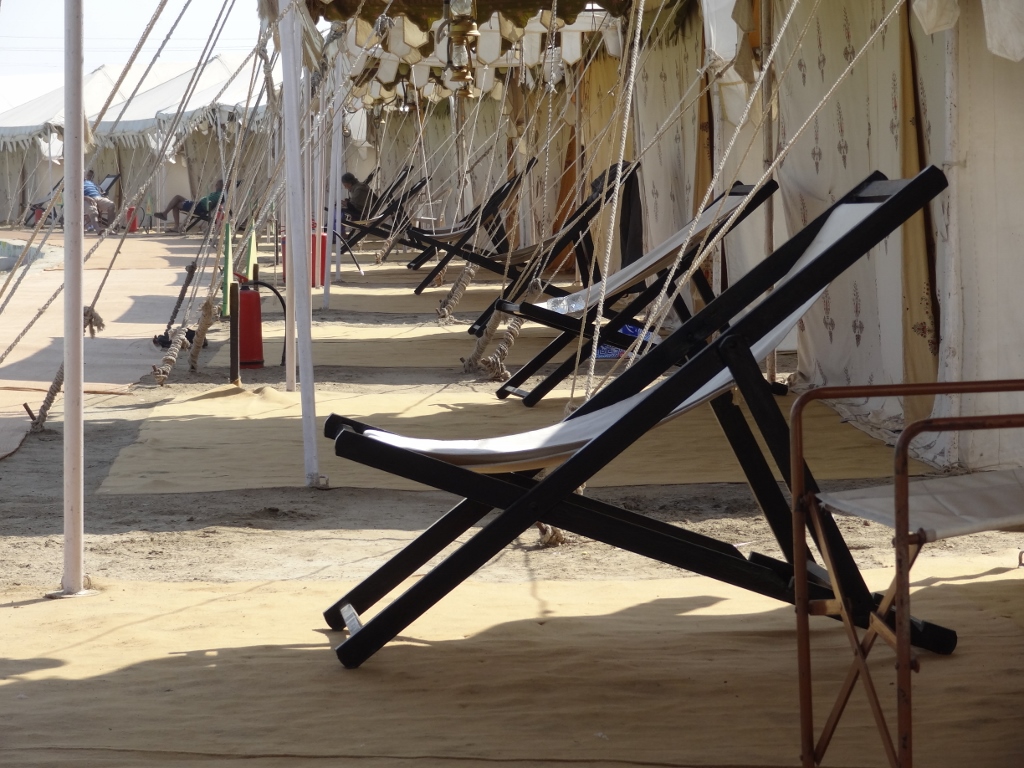
We loved the traditional Gujarati food and were rather surprised with the good quality of food provided at such a large scale. The meals were fresh and super tasty with perfect seasoning and no unnecessarily oily dishes. The spread was pure-vegetarian and they also had live counters for breads etc. We especially liked the delicious stuffed paranthas served in the breakfast.
The staff was very courteous and helpful. From the reception to the cluster in-charge to the golf cart drivers, all greeted us with a smile every time. You have to make slight concessions for any delays which are unavoidable in managing arrangements at such a scale.
Kala Dungar
Kala Dungar or the Black hill is the highest point in the Great Kutch region. On a clear day you could see miles on either side of the hill. There are 3 famous sights from the hill. First, the sunset over the salt fields (sun reflecting in the fields). Second, the India bridge i.e., the last civilian point towards the Indo-Pak border. Third would to be witness different stages of the lifecycle of Rann from lake to white desert to barren land. Sadly, it wasn’t all clear on the day we visited and the view was hazy.

It took around 2 hours to reach Kala Dungar from the tent-city. A surprise feature of the trip was the magnetic hill (not to be confused with the one in Ladakh but the same phenomenon). The bus was put in neutral and it was shown to drive up the hill on its own due to magnetic fields in the area. However, we are among the sceptics who were still left suspecting.
We also visited Gandhi-Nu-Gham or the handicraft village. This village has a very touching story. So, in the devastating earthquake of 2001 the whole village was destroyed. In the aftermath, Vastu Shilpa Foundation sort of adopted the village and established it as a hub for creating and selling the local handicrafts. You could visit the homes of the craft workers, observe their lives at close quarters but can only imagine the hardships they have gone through. You could contribute to the lives in a small way by buying the stuff they produce. I would say the quality of the products is also good so your buy would not be charity but get you a good value.
Our amazing trip was nicely rounded up at the end with a visit to the new Swaminarayan temple to admire the exquisite marble carving structure. A man-made structure to end a trip dedicated to natural wonders.

Do you have a story to tell about your Kutch experience? Drop in a comment or send us a mail. We will definitely reply. All the interesting tales will be published in a special feature.